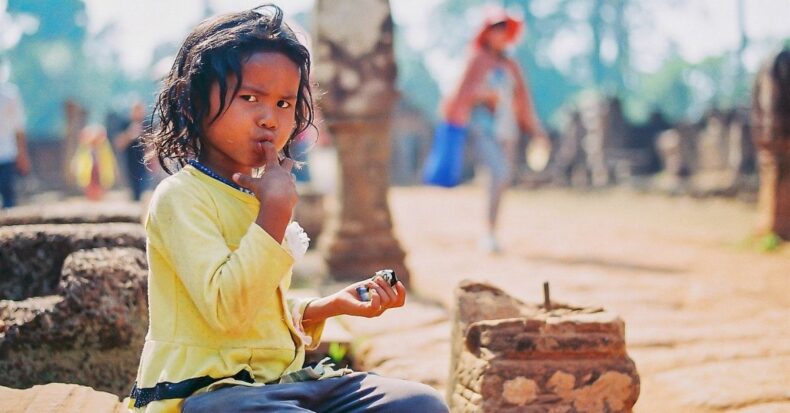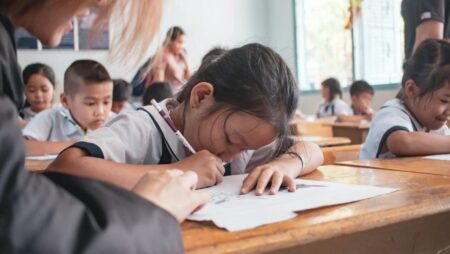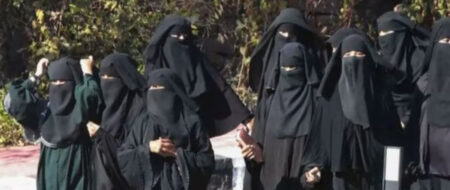The children are troubled to deal with an alternative lifestyle and the trauma experienced due to these increasing incidents.
The Childline India Foundation reported a 50% increase in phone calls than usual days in the lockdown. Out of the total calls received throughout the amount, 30 % were associated with protection from abuse.
CSA(Child Sexual Abuse) is devastating throughout the lockdown because the isolation has more local support networks, making it even harder for the victims to seek help or escape.
Once the information reveals that 93% of perpetrators are relatives or known people, this also exposes the potential magnitude of the associated helplessness and mental state consequences within the victims.
Another connected horrific reality is that the vulnerable population is homeless, rag pickers, and people who beg on the streets.
Thousands are being exploited in exchange for a meal or a daily wage, barely enough to sustain their livelihood.
The Childline India Foundation reported that a different pathetic side of the scenario is the frequently received “silent calls” within the helplines where the kid behind the call would not apprehend “what /how to express”.
“An Ocean of Broken Children”
Over the two waves of Covid-19 in India, several men and women, many of whom have insecure jobs and rely on daily wages, lost work or saw their financial gain reduced. This has had a spiralling impact on kids, workers of organisations acting on kid welfare.
Households, wherever they were cooped up because of the broad and currently state-specific lockdowns, are usually unhappy places, with scarce food and, in some cases, violence and abuse towards kids.
As schools were shut and online education was accessible to solely a few, kids had nothing to do and lots of were forced into kid labour to support their families, a survey by the NGO Save the children found.
Over a simple fraction of kids didn’t have access to online learning, and over a third of kids didn’t have access to any learning material throughout the primary Covid-19 wave in 2020.
Parents, troubled regarding the long run and mitigated that the regional gatherings throughout the pandemic meant fewer guests and fewer expensive marriages, forced their children–mostly girls, however additionally boys–to get married early. Child marriages have doubled in four southern states.
How Many Children are Vulnerable?
Since before the pandemic, India’s children, notably those from vulnerable communities, suffered from “multiple deprivations”–in 2015-16, over one-third of children under five years were malnourished, more than were anaemic, and 1 / 4 of girls between the ages of twenty and twenty-four years in 2015-16 were married before that they had turned eighteen years of age, per fourth National Family Health Survey (NFHS 2015-16).
The central government’s national Childline helpline 1098 had responded to 460,000 calls in, or nearly 22,000 calls every day, with a majority of them received throughout the wide lockdown.
A Save the Children report revealed during the primary wave of the pandemic, said. Decision volumes had risen by 50% compared to their average regular calls. This was even though many kids may not have had the chance to achieve out for help as they were at home.
Adolescent Girls in Distress During the Pandemic
- 13% of Adolescent girls interviewed cited incidents of sexual assault throughout the pandemic.
- 17% of children interviewed reported knowing of a ‘child being married in neighbourhood/family’ however chose not to give details.
- 19% of children interviewed mentioned that they or their elder sibling was currently involved in mazdoor (labour) to add to the family financial gain for survival.
- 79% of adolescent girls interviewed mentioned how necessary education is for them in life and that they won’t hand it over despite the pandemic as much as possible, given their family constraints.
- 41% of adolescent girls were experiencing stress and tension on problems associated with studies, cancellation of exams & non-fulfilment of their aspirations to their fullest potential because of constraints within the family.
- 46% of women interviewed instructed that they consider moving from sanitary pads to using cloth because it is a cheaper option, even though that may not be more hygienic or comfortable.













